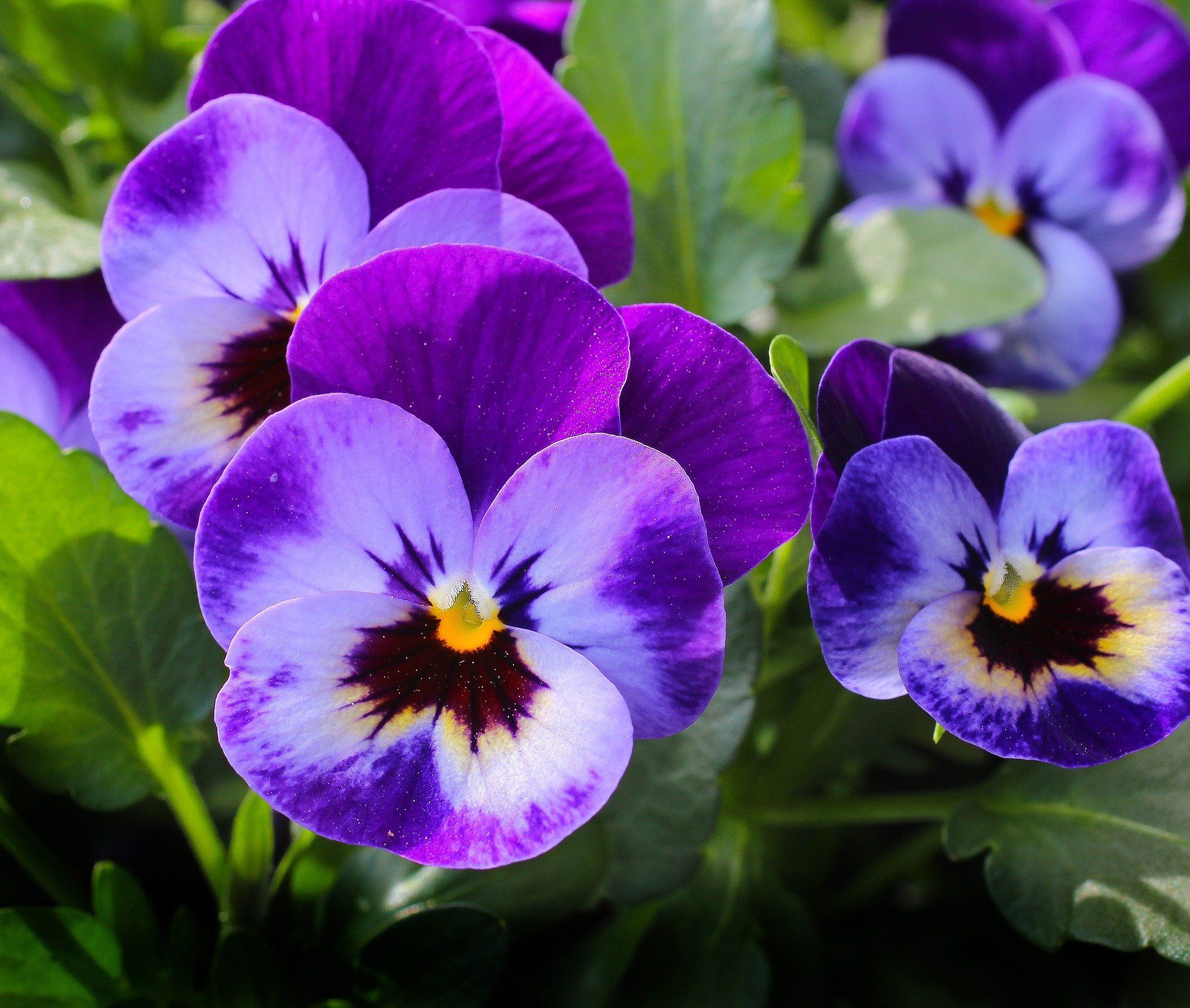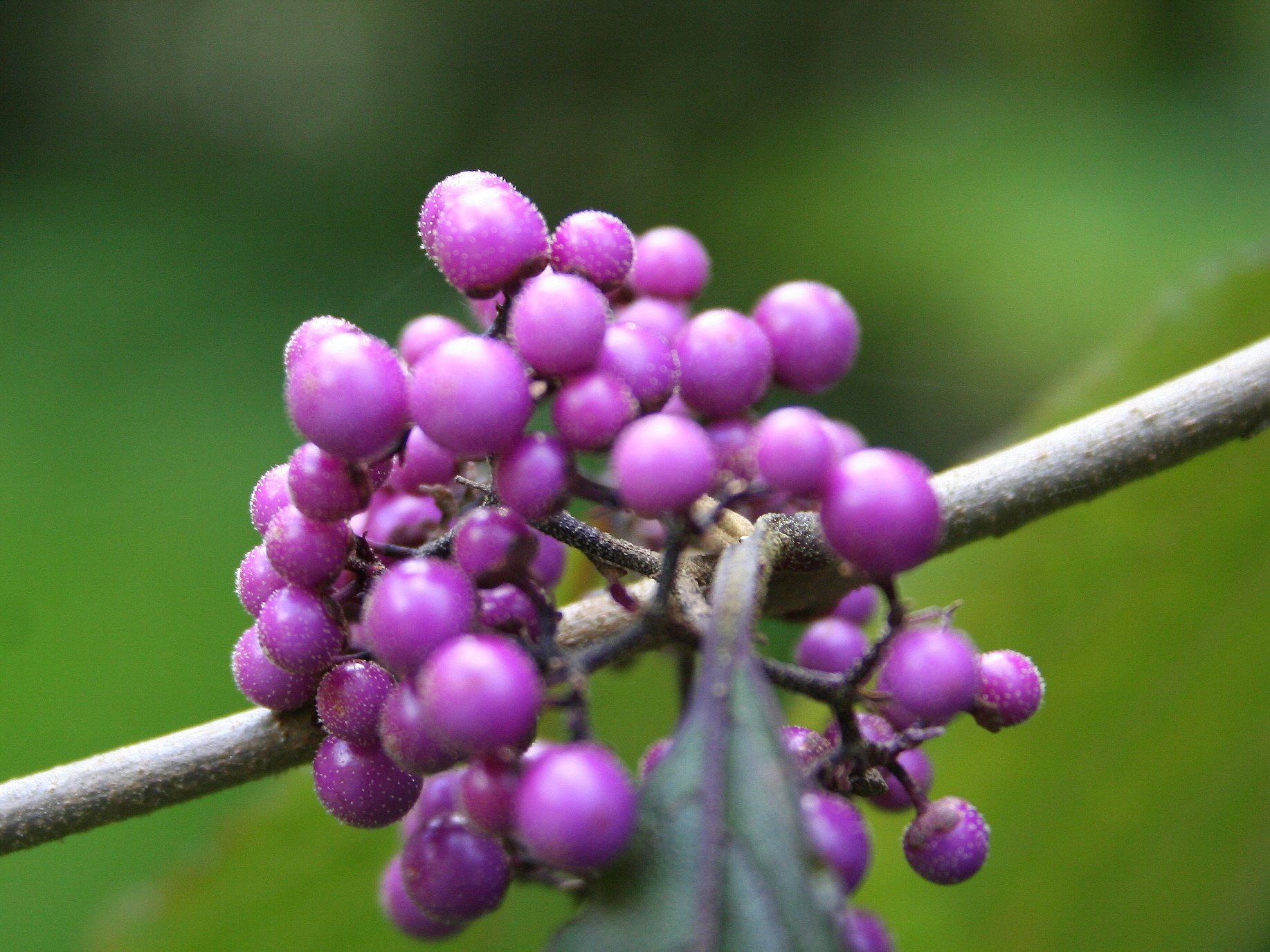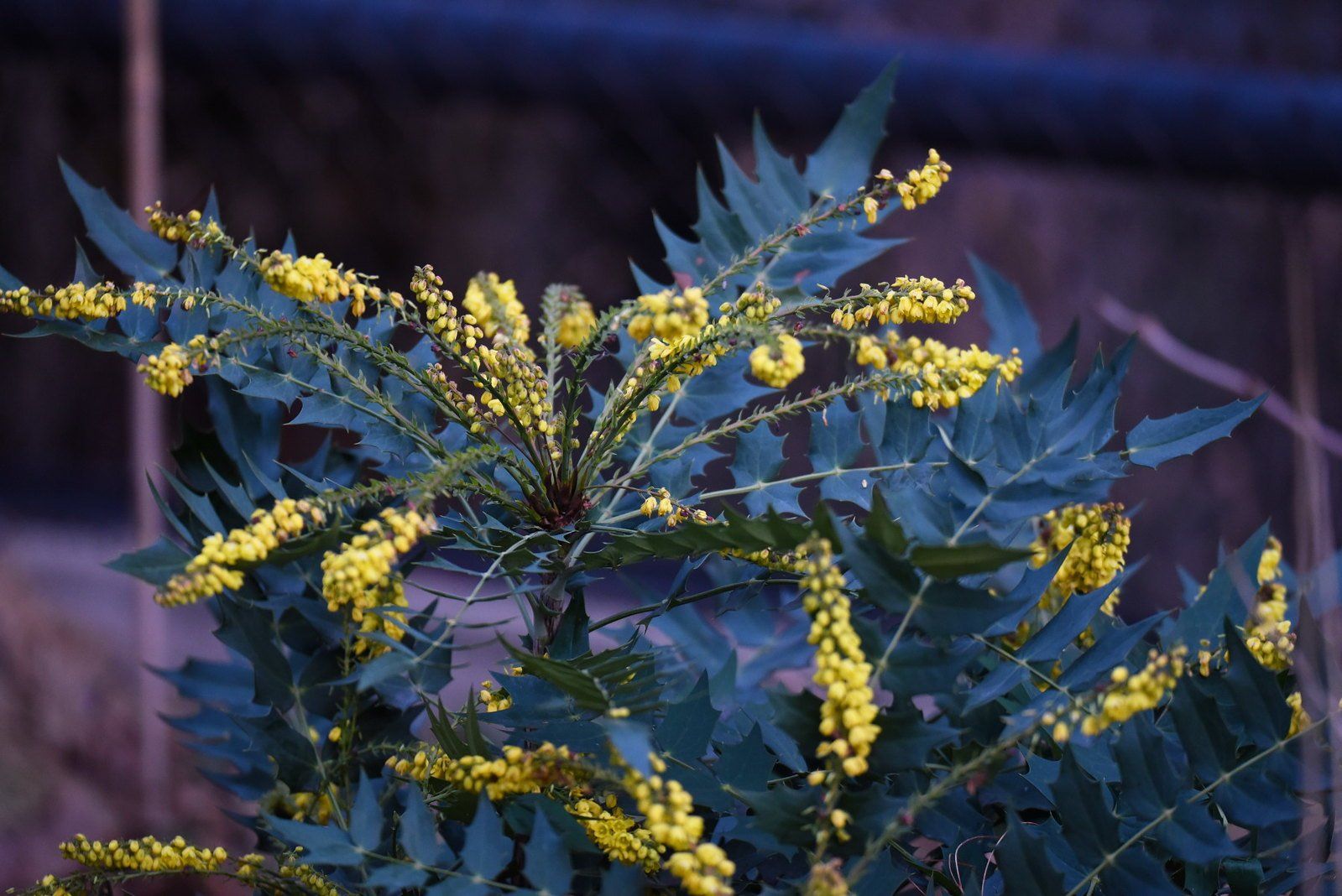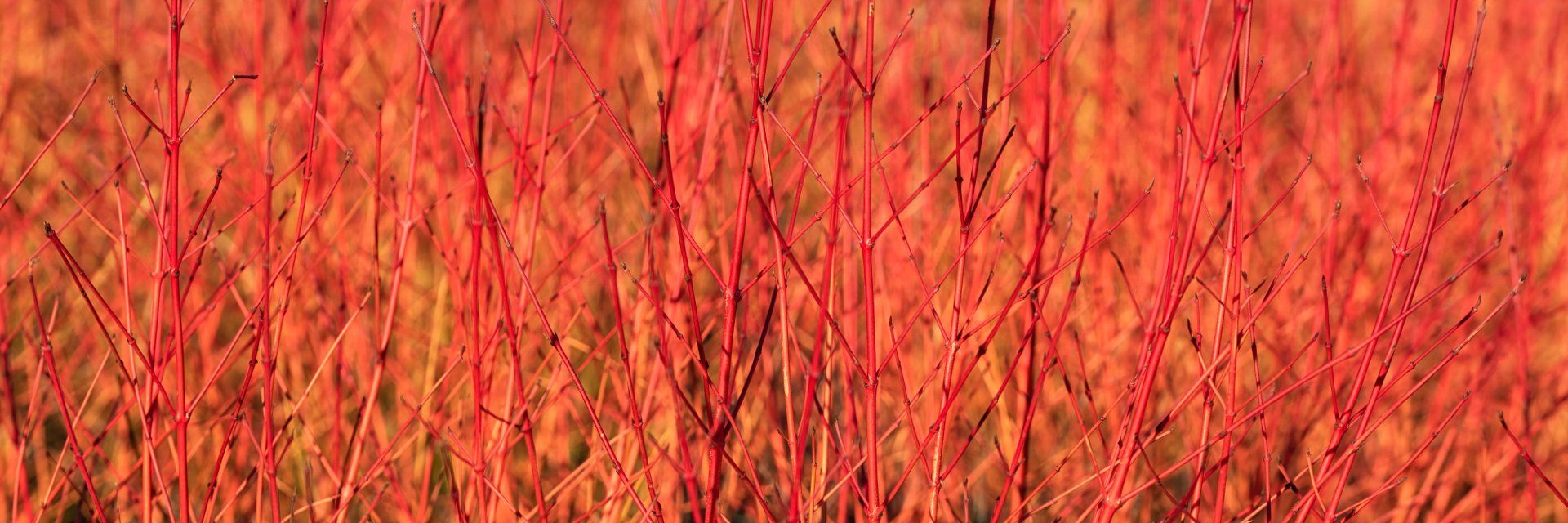Plant of the Week: Pansies
Pansies are vigorous, fast-growing flowers with almost heart-shaped, overlapping petals in bright colours or bi-colours patterns. They are excellent for containers, borders, and as ground cover, and in areas with moderate temperatures they may come again in spring, especially if they were mulched to protect the roots.
A gardener named William Thompson is credited with the discovery of a Viola cross that began this attractive species. In 1839, he found a bloom that no longer had lines of dark colour on the flower but huge blocks of colour on the lower petals. His pansy and its progeny quickly became popular with gardeners and breeders in Europe.
Pansies do best in a fertile soil in sun or part shade: in pots, use a peat-free multi-purpose potting compost, and in the ground improve soil with well-rotted organic matter before planting.
Avoid overhead watering that keeps leaves wet, as this can provide an environment for diseases such a Mildew and Leaf Spots to flourish.
Pansy (Viola x wittrockiana)

Pansies are surprisingly hearty in cold weather and will often bounce back from even single digit temperatures and light frost.
If the blooms wither in the cold, the plants will often stay alive to bloom again, which makes them a great flowering plant for fall and early winter colour.
Want to learn more about plants and gardening?
Find out more about our weekly Garden group.




